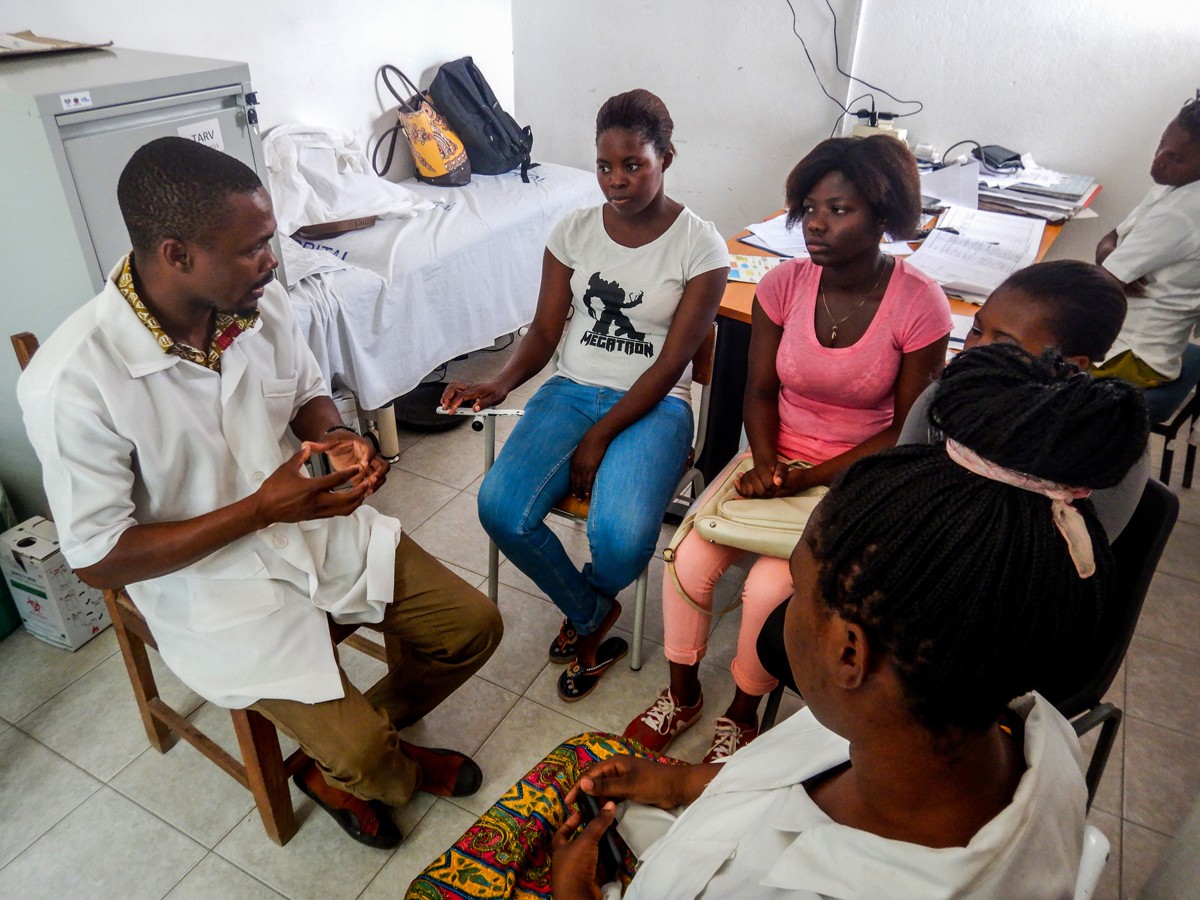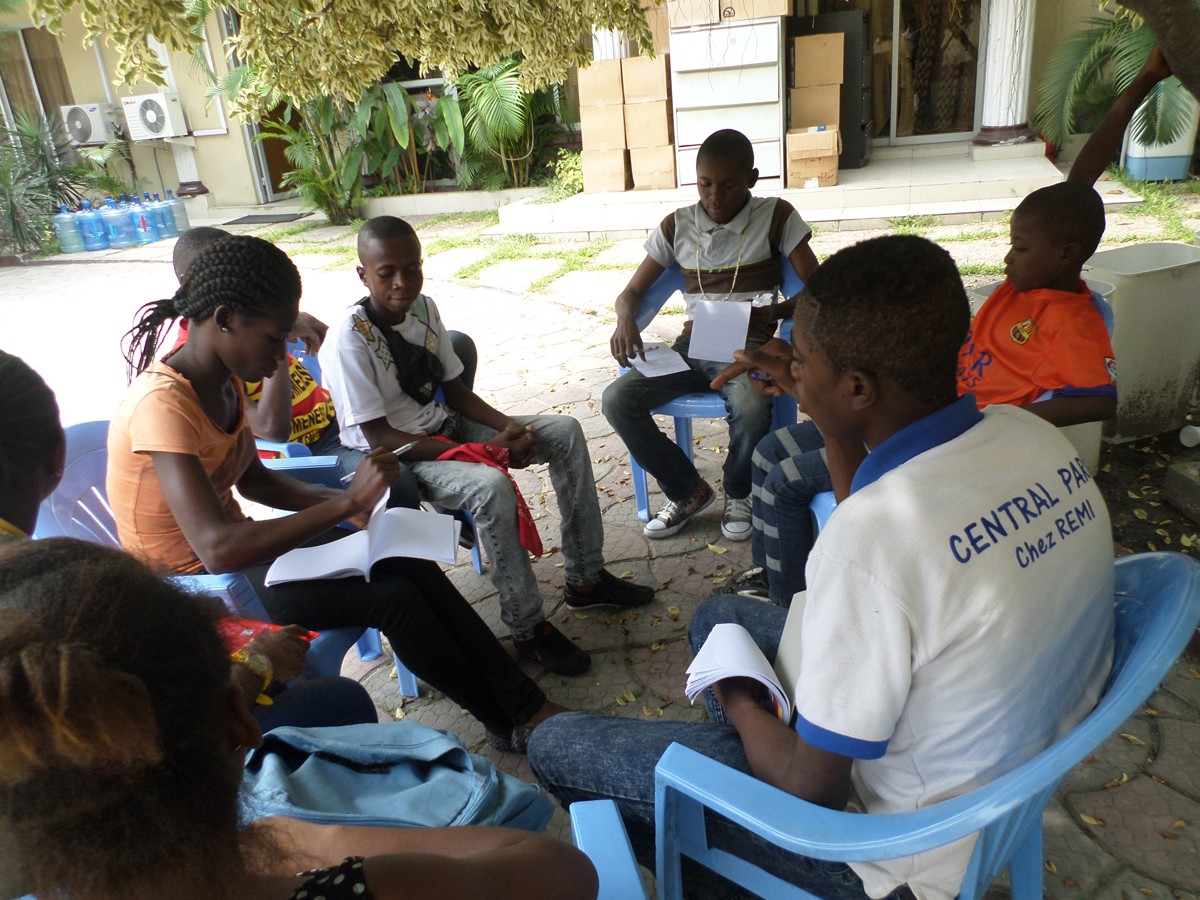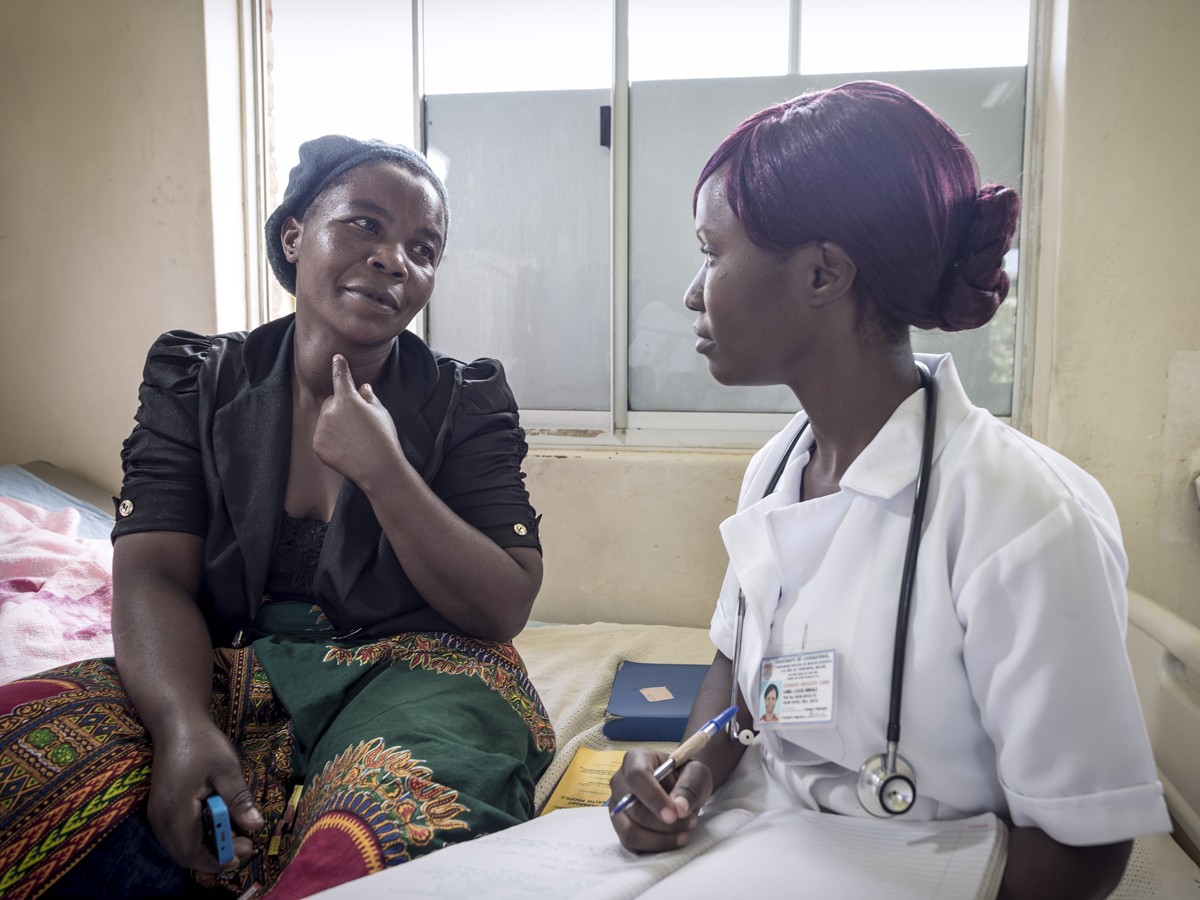Authors:
Abstract:
Community resilience, a system’s ability to maintain its essential functions despite disturbance, is a cornerstone of public health preparedness. However, as currently practiced, community resilience generally focuses on defined neighborhood characteristics to describe factors such as vulnerability or social capital. This ignores the way that residents of some neighborhoods (as “essential workers”) were required during the COVID-19 pandemic to sacrifice their wellbeing for the sake of others staying at home in more affluent neighborhoods. Using the global care chain theory, we analyze the way that the resilience of affluent neighborhoods depends on siphoning off the labor of other, less affluent neighborhoods, creating what we call the parasitic nature of resilience. We argue that understanding this neighborhood interdependence—and accounting for its parasitic nature—should be prioritized by public health authorities to prevent unintentional harm in future pandemics. Otherwise, any public health emergency response that relies on this labor (as did the COVID-19 pandemic response) depends on exploitative practices that produce the very disparities the response is trying to address. We explore the theoretical grounding and practical effects of this idea to provide the preparedness enterprise with an initial set of theoretical tools to move from a model of community resilience to one of community renewal. The community renewal model is based on an underlying ethics of care, in which systems are redesigned to become more prosocial during a public health response. We believe this model can more successfully address the tragic inequities in labor and health outcomes that we see during public health emergencies.








